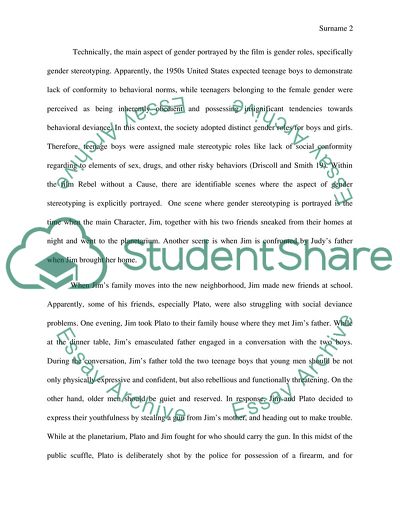Cite this document
(Comparative Visual Analysis - Rebel without a Cause Movie Review Example | Topics and Well Written Essays - 1250 words, n.d.)
Comparative Visual Analysis - Rebel without a Cause Movie Review Example | Topics and Well Written Essays - 1250 words. https://studentshare.org/visual-arts-film-studies/1869384-comparative-visual-analysis-of-2-scenes
Comparative Visual Analysis - Rebel without a Cause Movie Review Example | Topics and Well Written Essays - 1250 words. https://studentshare.org/visual-arts-film-studies/1869384-comparative-visual-analysis-of-2-scenes
(Comparative Visual Analysis - Rebel Without a Cause Movie Review Example | Topics and Well Written Essays - 1250 Words)
Comparative Visual Analysis - Rebel Without a Cause Movie Review Example | Topics and Well Written Essays - 1250 Words. https://studentshare.org/visual-arts-film-studies/1869384-comparative-visual-analysis-of-2-scenes.
Comparative Visual Analysis - Rebel Without a Cause Movie Review Example | Topics and Well Written Essays - 1250 Words. https://studentshare.org/visual-arts-film-studies/1869384-comparative-visual-analysis-of-2-scenes.
“Comparative Visual Analysis - Rebel Without a Cause Movie Review Example | Topics and Well Written Essays - 1250 Words”. https://studentshare.org/visual-arts-film-studies/1869384-comparative-visual-analysis-of-2-scenes.


